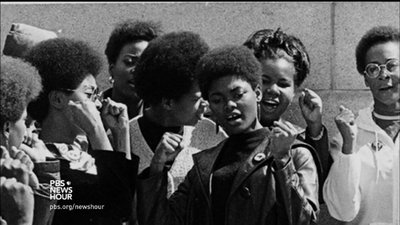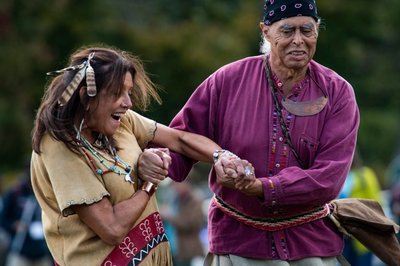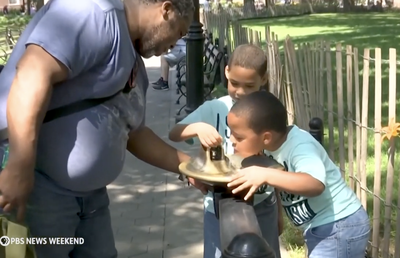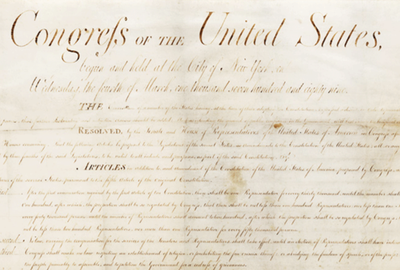Subjects
Social studies, English, government
Estimated Time
One 45-minute class period
Grade Level
9-12
Introduction
How do documentary filmmakers decide which events and characters to include in their films? Why do many documentaries focus on the issue of social justice? This lesson will explore how documentary filmmakers approach making their films, the artistic vision they bring to their projects and reasons why many documentaries center around social issues.
Students will hear from Stanley Nelson, director of PBS' " The Black Panthers: Vanguard of the Revolution ," who discusses choices he made in creating the film. They will then choose a documentary they'd each like to watch on their own outside of class, research the impact it had on the public at the time, discuss elements of social justice in the film, read reviews or interviews with the director and report back to class if it's a film they'd recommend to their peers to watch.
Warm Up Activity
Ask your students what they know about the Black Panthers before you watch the trailer for "The Black Panthers: Vanguard of the Revolution" below. What themes or issues do they see in the trailer that have been raised throughout the civil rights movement? How might the images in the trailer appear different than some of the images or ideas they've seen related to the civil rights movement?
Main Activities:
Watch the interview with Stanley Nelson, director of "The Black Panthers: Vanguard of the Revolution" as he discusses some his thoughts about the making of the film. Discuss the following questions with your students after they've finished watching the interview:
- Why do you think Nelson made this documentary?
- What do you think Nelson meant about the telling of the Black Panthers rise and fall when he said, "The film is warts and all"?
- How does a filmmaker decide which events to include in a documentary?
- What does Nelson say regarding how the film addresses social justice?
Students should choose from one of the documentaries below, talk with family and friends for recommendations or research a documentary they'd like to see on their own.
- Be sure the documentaries are age appropriate and that families know of the project. Students can check sites that recommend top documentaries like this one or this one , but they should also use this lesson as a way for students to reach out to you, other teachers or family members to ask them for recommendations.
- Students should understand what makes a film a documentary - and be sure they have chosen a documentary.
- Have students choose a documentary that has a social justice angle to it. Many documentaries can be a fine basis for a school project and a great source for an essay or an op-ed.
- What is social justice? It's both a process and a goal, according to Adams, Bell and Griffin (2007). "The goal of social justice education is full and equal participation of all groups in a society that is mutually shaped to meet their needs. Social justice includes a vision of society that is equitable and all members are physically and psychologically safe and secure." - Social Justice Training Institute website
Students should write a two paragraph film review:
- Let students know that documentaries are often referred to as films, and as such are subject to the same critical reviews as regular Hollywood feature films. The first paragraph should provide some context for the film, why they chose it, who directed it as well as how it was received by the public. The second paragraph should explain why the student recommends (or does not recommend) the film to their classmates.
- Students should share their review with the class or use a Google doc or class website. They may choose to show a video clip or the trailer of the documentary in class, if time permits, or include it with their two-paragraph review.
By Victoria Pasquantonio, PBS News Hour Education Producer, History/English Teacher
Fill out this form to share your thoughts on Classroom’s resources.






